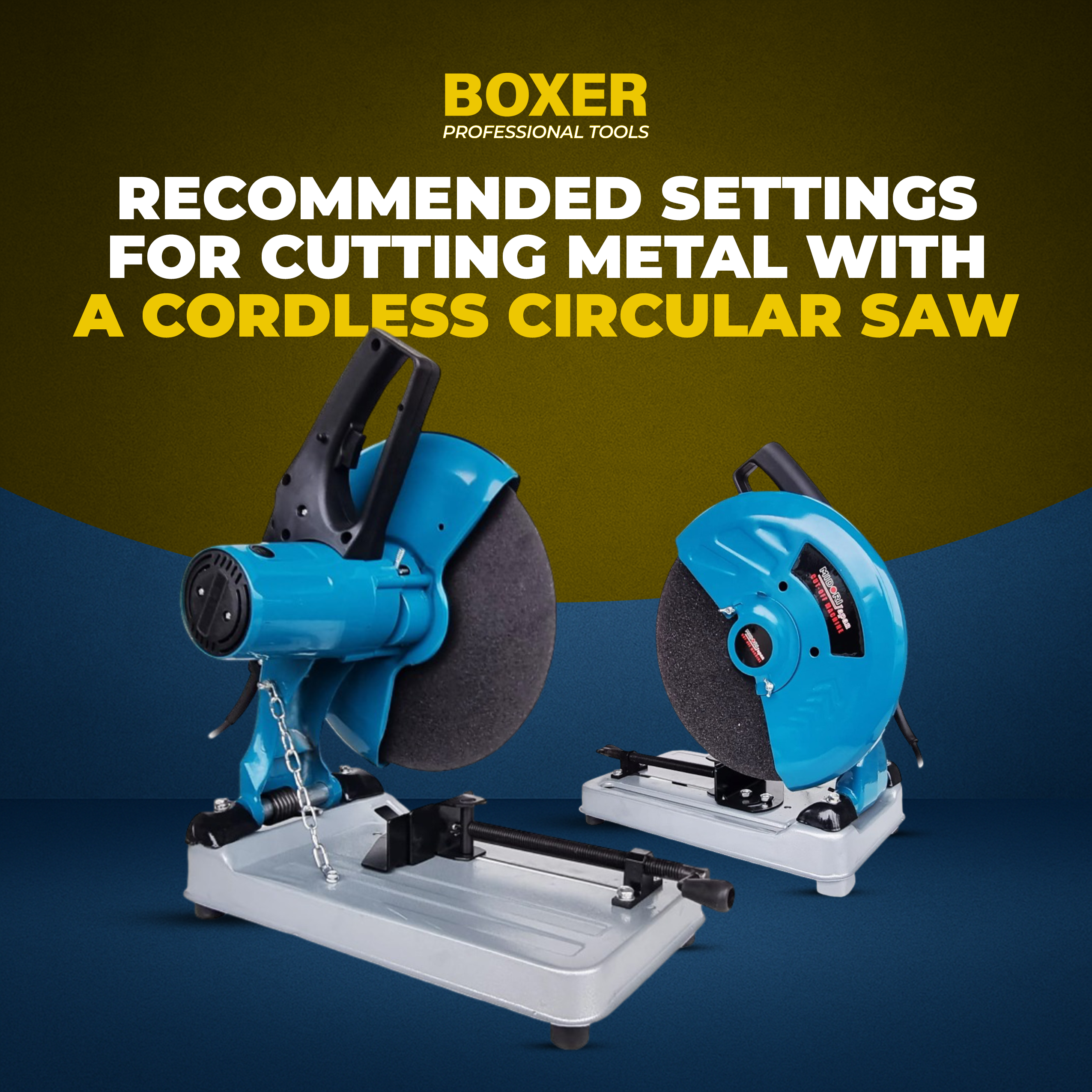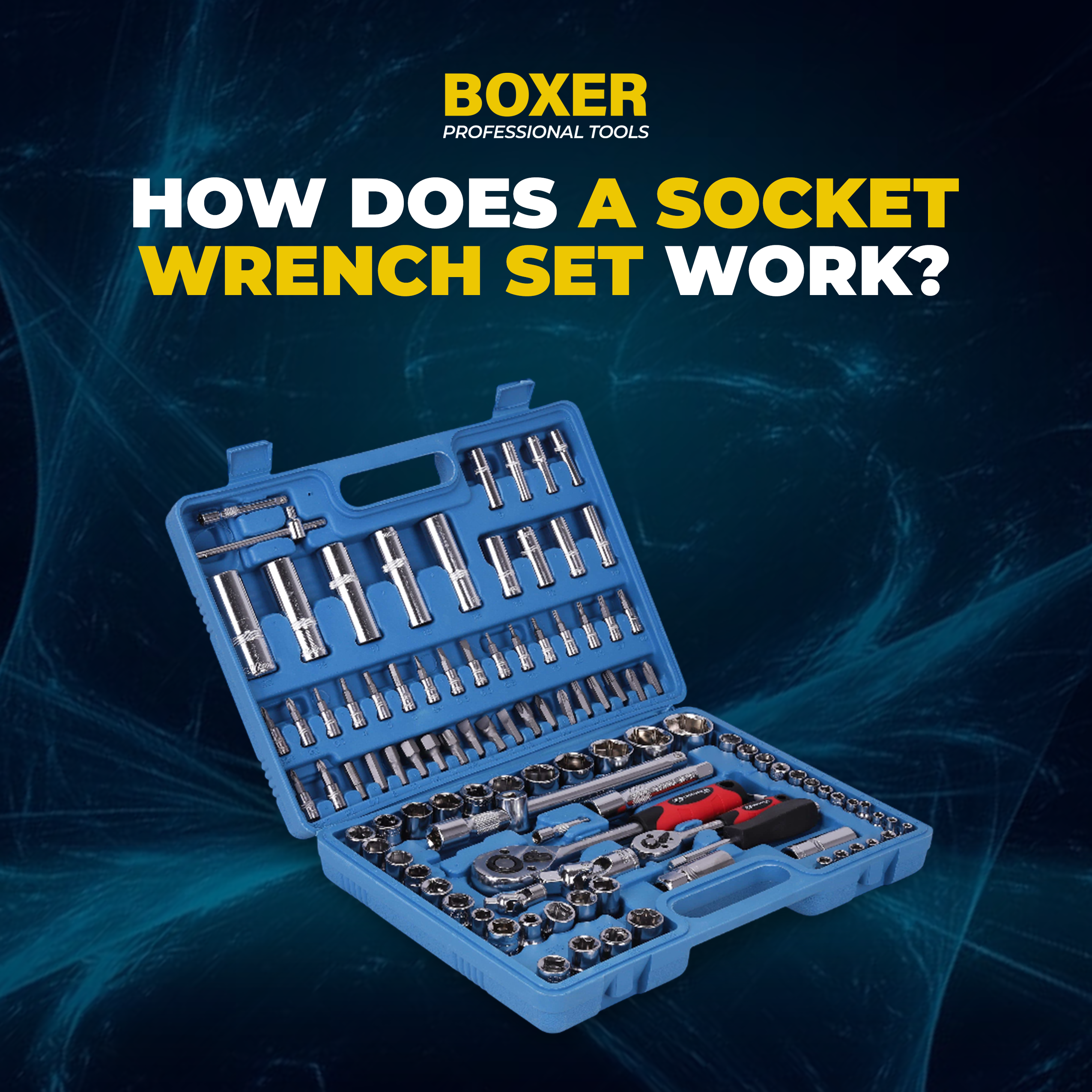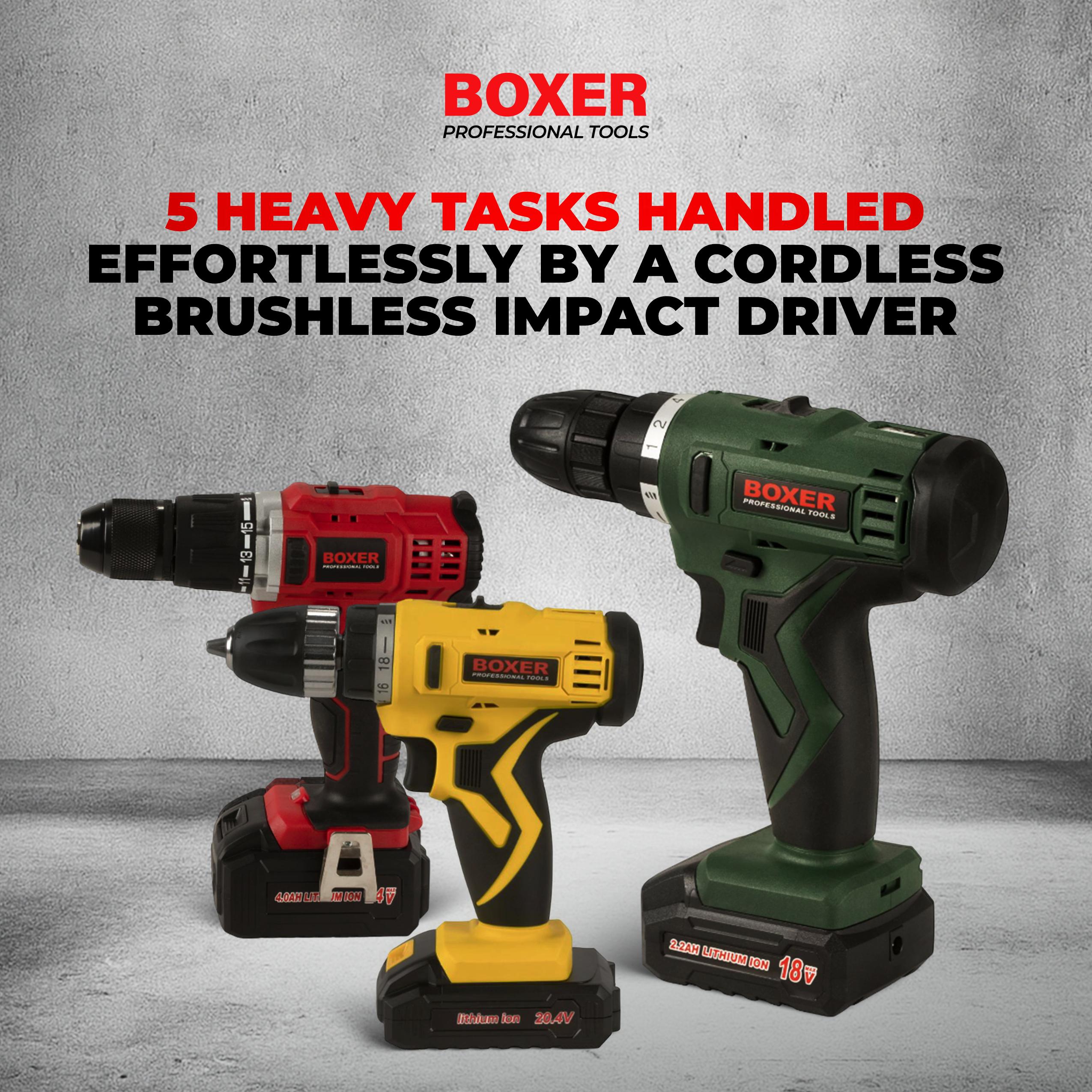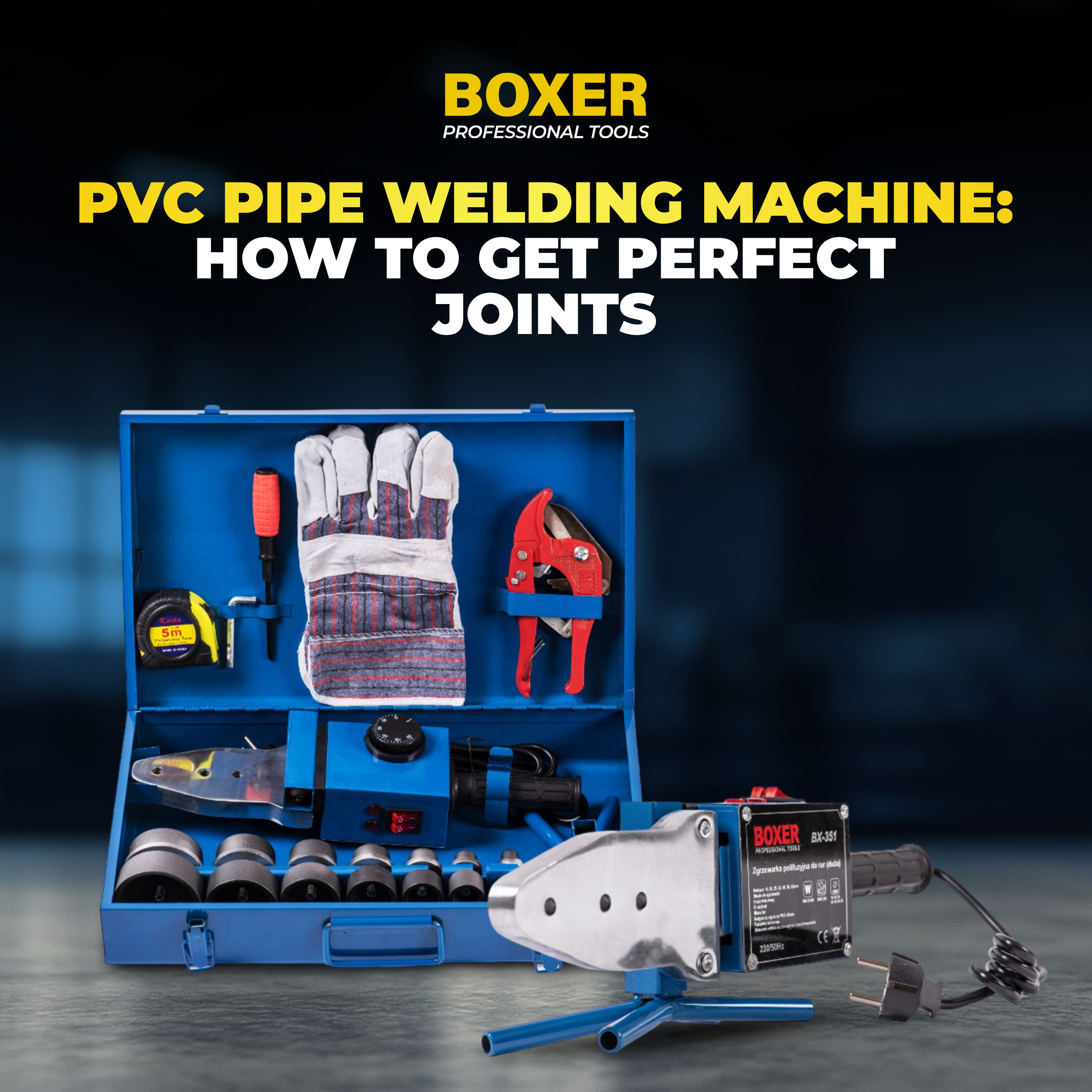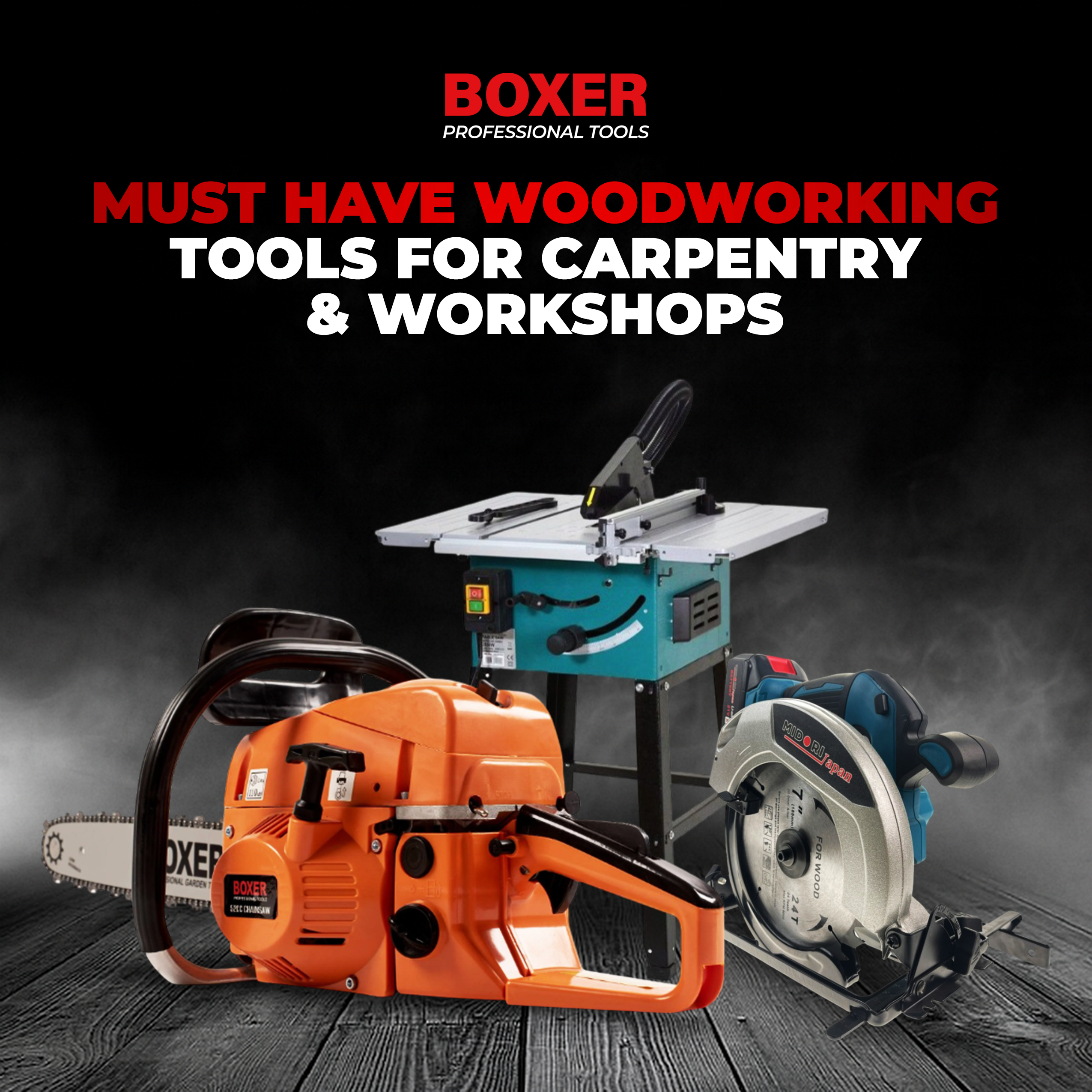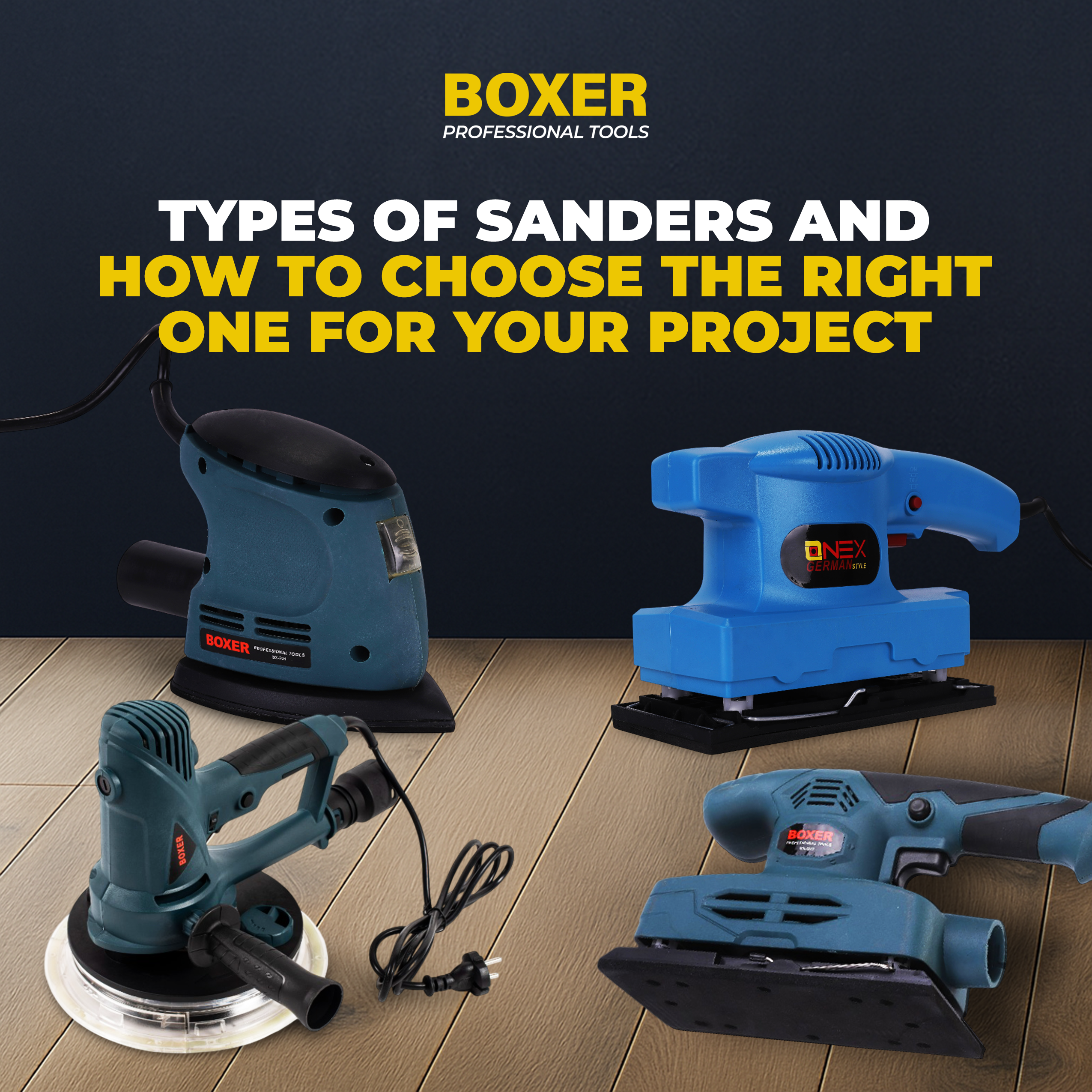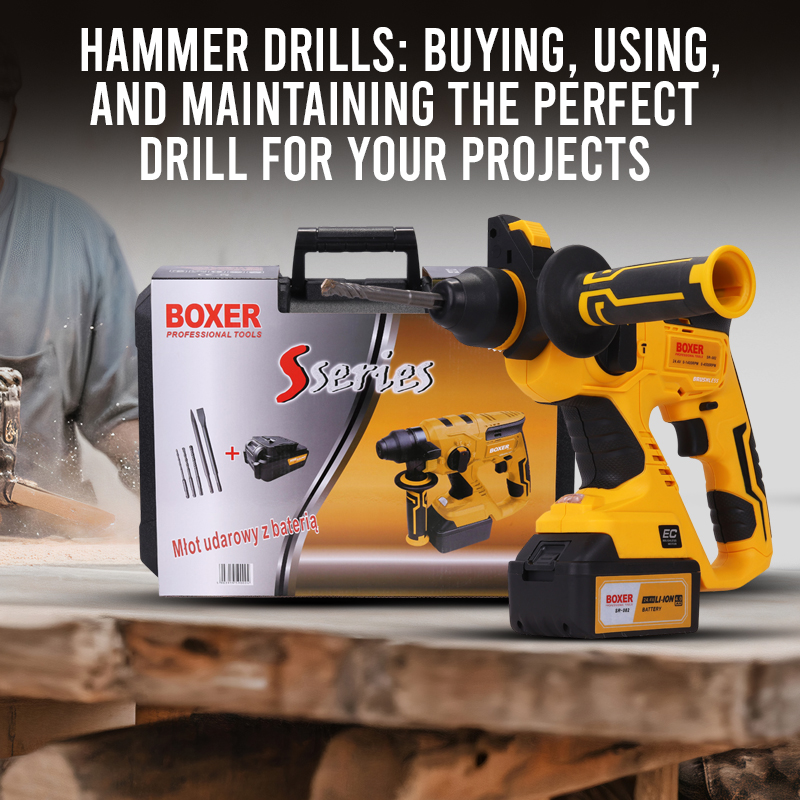
Hammer Drills: Buying, Using, and Maintaining the Perfect Drill for Your Projects
A hammer drill is your go-to power tool for breaking through concrete, brick, and masonry. Whether you're a seasoned contractor or a DIY enthusiast, understanding the nuances of hammer drills is essential for efficient and successful projects. This comprehensive guide will equip you with the knowledge to select, use, and maintain the perfect hammer drill for your needs.
What is a Hammer Drill?
A hammer drill is a power tool designed to drill into hard materials like concrete, brick, and masonry. Unlike a standard drill, a hammer drill delivers both rotational and hammering action, allowing it to efficiently penetrate tough surfaces.
How does it work?
The rotational motion drills a hole, while the hammering action creates vibrations that break up the material, making it easier for the drill bit to penetrate. This combination of power and precision makes hammer drills essential for various construction and home improvement projects.
Hammer Drill vs. Impact Drill
It's crucial to understand the difference between a hammer drill and an impact drill. While both tools deliver an impact, their applications differ:
- Hammer Drill: Designed for drilling into hard materials, combining rotation and hammering action.
- Impact Drill: Primarily used for driving screws and drilling into wood, with a hammering action to reduce bit camout.
Types of Hammer Drills
There are primarily two types of hammer drills based on their power source:
- Corded Hammer Drills: These drills offer consistent power but limit mobility due to the power cord. They are ideal for stationary tasks or where power outlets are readily available.
- Cordless Hammer Drills: Powered by rechargeable batteries, these drills provide flexibility and convenience for on-the-go projects. Battery life and charging time are essential factors to consider.
Note: Within these categories, there are also classifications based on the chuck type:
- SDS-plus: Most common for home improvement and light-duty construction.
- SDS-max: Designed for heavy-duty applications like core drilling and demolition.
Key Components of a Hammer Drill
- Chuck: Holds the drill bit securely.
- Motor: Provides the rotational power.
- Hammer Mechanism: Generates the impact force.
- Gearbox: Transmits power to the chuck.
- Variable Speed Control: Allows adjustment of drilling speed.
- Reverse Function: Enables easy removal of stuck bits.
Safety Precautions
- Wear safety goggles: Protect your eyes from flying debris.
- Use ear protection: The hammering action can be loud.
- Wear gloves: Improve grip and protect hands.
- Secure your workpiece: Prevent the drill from moving unexpectedly.
- Inspect the drill before use: Check for damage or loose parts.
- Maintain a firm grip: Avoid accidents and loss of control.
Factors to Consider when choosing the right Hammer Drill
Selecting the right hammer drill depends on several factors:
- Power: Measured in watts or volts, power determines the drill's ability to handle tough materials. Higher wattage or voltage typically translates to better performance.
- Speed: Measured in RPM (revolutions per minute), speed influences how quickly the drill bit rotates. Variable speed settings provide versatility for different tasks.
- Chuck Size: Determines the maximum bit diameter the drill can accommodate. Common sizes are 1/2 inch and 3/8 inch.
- Impact Energy: This measures the hammer drill's striking power. Higher impact energy is suitable for demanding tasks like drilling into concrete.
- Weight: Consider the drill's weight, especially for overhead or prolonged use.
- Battery Life: For cordless models, battery capacity and charging time are crucial factors.
Best Hammer Drills for Different Tasks
Home Improvement: A cordless SDS-plus hammer drill with a mid-range power output is often sufficient for most DIY projects like hanging shelves, installing anchors, and drilling holes in walls.
- Construction: For professionals or heavy-duty applications, a corded SDS-max hammer drill with high power and impact energy is necessary.
- Light-Duty Tasks: A compact cordless hammer drill with a smaller chuck size might be suitable for occasional drilling jobs.
DIY Projects Suitable for Hammer Drills
Hammer drills are versatile tools for various DIY projects:
- Installing wall anchors
- Hanging cabinets
- Drilling holes for plumbing or electrical work
- Removing tiles
- Creating holes for light fixtures
Budget-Friendly Options vs. Professional-Grade Models
- Budget-Friendly: Look for models with essential features but without sacrificing safety. Consider cordless options with good battery life.
- Professional-Grade: Invest in durable, high-powered drills with advanced features like brushless motors and impact energy settings.
How to Use a Hammer Drill
Basic Operation and Techniques
- Safety First: Always wear safety goggles, ear protection, and gloves.
- Choose the Right Bit: Select a bit designed for the material you're drilling. SDS-plus bits are common for concrete, brick, and masonry.
- Secure Your Workpiece: If possible, clamp or secure the material you're drilling to prevent movement.
- Engage Hammer Mode: Ensure the hammer function is activated on your drill.
- Start Drilling Slowly: Begin with a low speed to create a pilot hole before increasing the speed.
- Apply Steady Pressure: Maintain a firm grip on the drill and apply gentle pressure.
- Cool the Bit: Allow the drill to rest periodically to prevent overheating.
- Clear Debris: Regularly remove debris from the hole to prevent clogging.
Drilling into Various Materials
- Concrete: Use a carbide-tipped masonry bit designed for concrete. Start slowly and gradually increase pressure.
- Brick: Similar to concrete, use a carbide-tipped masonry bit. The drilling process might be faster due to brick's softer nature.
- Masonry: Choose a masonry bit suitable for the type of masonry. The drilling process can vary depending on the material's hardness.
- Tile: Use a tile bit specifically designed for drilling into ceramic or porcelain tile. Start with a low speed and apply light pressure.
Tips for Achieving Clean and Accurate Holes
- Mark the Drilling Point: Use a pencil or marker to precisely indicate the drilling location.
- Use a Level: Ensure the drill is perpendicular to the surface for straight holes.
- Control the Depth: If necessary, use a depth stop to prevent drilling through the material.
- Practice Makes Perfect: Gain experience by practicing on scrap materials before tackling important projects.
Troubleshooting Common Issues
- Bit Overheating: Allow the drill to cool down before continuing.
- Bit Stuck: Apply reverse rotation to free the bit. If unsuccessful, use penetrating oil.
- Drill Vibrating Excessively: Check for loose parts or improper bit installation.
- Slow Drilling Progress: Increase the drill speed or use a more powerful model.
Hammer Drill Maintenance and Care
Proper maintenance ensures your hammer drill's longevity and optimal performance.
Regular Cleaning and Inspection
- Clean the Drill Body: After each use, wipe down the drill body with a clean cloth to remove dust and debris. Avoid using harsh chemicals or solvents.
- Inspect the Chuck: Check for wear and tear, ensuring the chuck tightens securely on drill bits.
- Check the Power Cord: If using a corded model, inspect the cord for damage, cracks, or exposed wires.
Battery Care (for Cordless Models)
- Charge After Each Use: To maintain battery health, charge the battery after each use, avoiding complete discharge.
- Store Batteries Properly: Store batteries in a cool, dry place away from extreme temperatures.
- Avoid Overcharging: Disconnect the charger once the battery is fully charged.
Storage and Handling Tips
- Store in a Safe Place: Keep the drill in a secure, dry location, preferably in its original case.
- Protect from Impacts: Avoid dropping or subjecting the drill to harsh conditions.
- Lubricate Moving Parts: Refer to the user manual for specific lubrication recommendations.
Extending the Life of Your Hammer Drill
- Avoid Overloading: Don't push the drill beyond its capabilities.
- Use the Right Bits: Select bits appropriate for the material you're drilling.
- Regular Maintenance: Perform routine inspections and cleaning.
- Follow Manufacturer's Guidelines: Adhere to the recommendations outlined in the user manual.
By following these maintenance tips, you can significantly extend the life of your hammer drill and ensure its optimal performance for years to come.
Hammer Drill Accessories
The right accessories can significantly expand your hammer drill's capabilities. Here's a breakdown of essential and specialized accessories.
Essential Accessories
- Drill Bits:
SDS-plus Bits: These are standard for most hammer drills and come in various sizes and types for concrete, masonry, and brick.
SDS-max Bits: Used for heavy-duty applications, these are larger and more powerful.
- Chisels: Used for chipping away concrete, plaster, or tile. They come in flat, pointed, and bull point styles.
- Mixer Attachments: Transform your hammer drill into a mixer for paint, grout, or other materials.
- Extension Bits: Increase the reach of your drill for hard-to-reach areas.
- Magnetic Bit Holders: Keep your drill bits organized and easily accessible.
Specialized Accessories
- Core Drill Bits: Create large, circular holes for plumbing or electrical installations.
- Angle Drill Attachments: Allow for drilling in tight spaces or at awkward angles.
- Vacuum Attachments: Collect dust and debris while drilling.
- SDS Plus to Hex Shank Adapter: Converts your hammer drill into a standard drill for using regular drill bits.
- Hammer Drill Stands: Provide stability for precise drilling, especially for larger projects.
How to Choose the Right Accessories
- Compatibility: Ensure the accessory is compatible with your hammer drill's chuck size and power rating.
- Task Requirements: Select accessories based on the specific tasks you need to perform.
- Quality: Invest in high-quality accessories for durability and performance.
- By investing in the right accessories, you can maximize the versatility and efficiency of your hammer drill.
Hammer drills are indispensable tools for anyone tackling construction or home improvement projects. By understanding their mechanics, choosing the right model, mastering proper usage, and implementing regular maintenance, you can significantly enhance your drilling efficiency and project outcomes.
Boxer Tools offers a wide range of high-quality hammer drills and accessories to suit your needs. Whether you're a DIY enthusiast or a seasoned professional, Boxer Tools has the perfect equipment to help you conquer any drilling challenge.
Copyright © 2025 Boxertools | Powered By Orance Media Group


